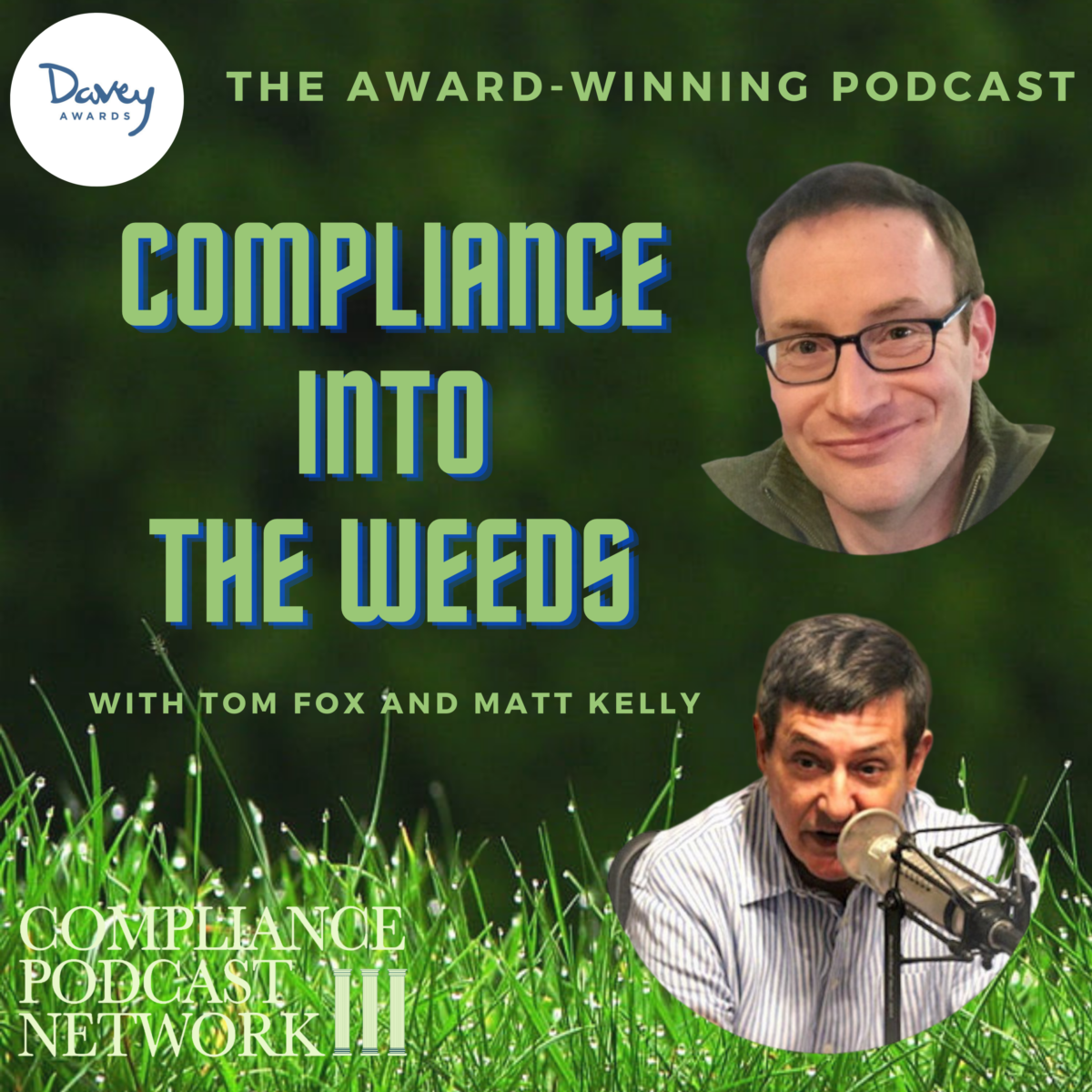The award winning, Compliance into the Weeds is the only weekly podcast which takes a deep dive into a compliance related topic, literally going into the weeds to more fully explore a subject.
Looking for some hard-hitting insights on compliance? Look no further than Compliance into the Weeds! In this episode, Tom and Matt look into corporate reports on their Boards’ oversight of AI.
As the world ventures deeper into the age of artificial intelligence (AI), the issue of corporate governance over AI is emerging as a crucial point of discussion. Tech giants such as Google are facing demands for more board-level attention to AI risk management due to concerns about the lack of transparency and oversight.
Tom highlights this lack of detailed consideration of AI at the board level, raising doubts about whether boards are suitably prepared for AI’s rapid development and potential enforcement risks. His concerns are rooted in limited mentions of AI in proxy statements of S&P 500 companies, suggesting current practices might not be sufficient for the future.
Meanwhile, Matt emphasizes the need for boards to start considering staffing, expertise, and risk management related to AI without necessarily forming dedicated AI committees at present. Kelly’s concerns stem from the lack of detail in proxy statements about what boards are currently doing with AI, especially in tech-heavy companies like Google, indicating the need for potential formation of dedicated committees or sub-specializations in the future.
Key Highlights:
- AI Risk Management: Tech vs. Non-Tech Perspectives
- Enhancing Corporate Governance Through AI Oversight
- Technology Risk Oversight in Evolving Companies
- AI Oversight for Corporate Boards: Future Risks
Resources:
Matt on Radical Compliance
Tom





